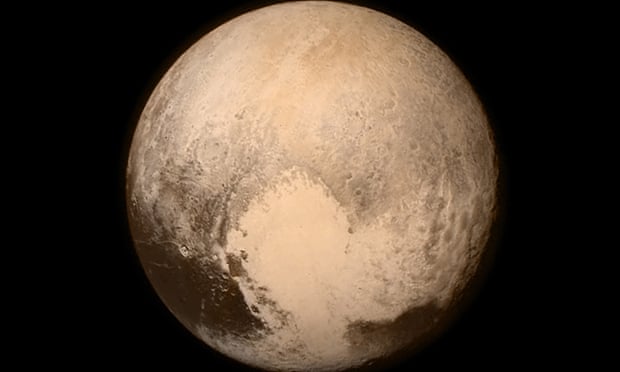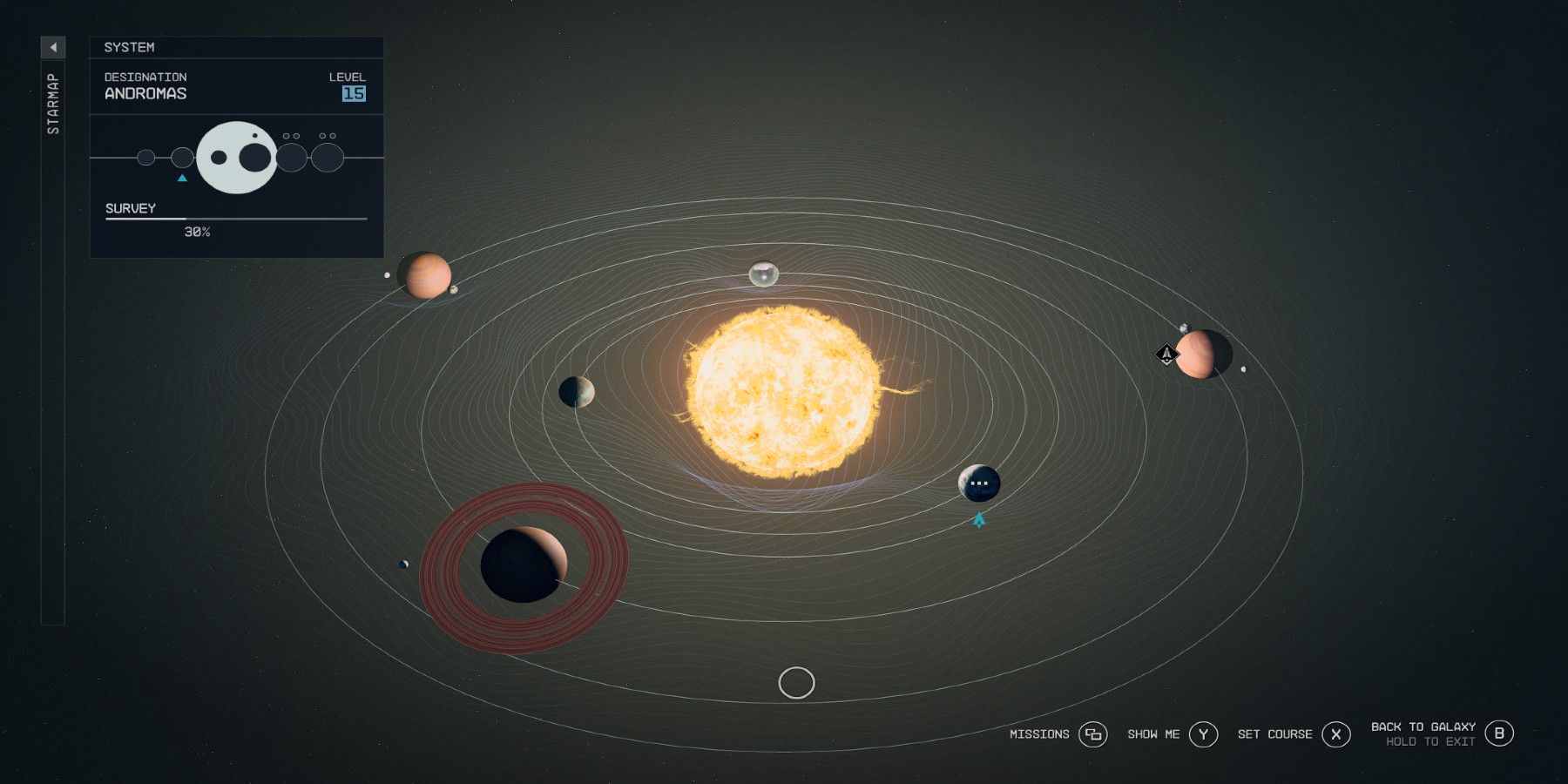Deimos is one of Mars’ moons, while Pluto is a dwarf planet in the Kuiper Belt. Both celestial bodies have unique characteristics that make them fascinating objects of study.
Deimos, with its small size and irregular shape, orbits Mars in a slow rotation. On the other hand, Pluto, although smaller than Earth’s moon, has a significant atmosphere and a complex geology. Its status as a dwarf planet has sparked debates and controversies in the astronomical community.
Understanding the differences and similarities between Deimos and Pluto can provide valuable insights into the diverse bodies that make up our solar system. This article explores their individual properties, exploration history, and significance in shaping our understanding of the cosmos. So, let’s delve into the intriguing worlds of Deimos and Pluto, and unravel the mysteries they hold.
Contents
Physical Characteristics
The physical characteristics of celestial bodies such as Deimos and Pluto provide valuable insights into their composition and size. Understanding the unique attributes of these moons and dwarf planets can shed light on the diverse landscapes and geological formations within our solar system.
Deimos’ Composition And Size
Deimos, the smaller and outermost moon of Mars, is characterized by its irregular shape and relatively small size. Composed primarily of carbon-rich rock and regolith, Deimos measures approximately 15 kilometers in diameter, making it one of the smallest known moons in the solar system.
Pluto’s Composition And Size
Pluto, once considered the ninth planet, is now classified as a dwarf planet within the Kuiper Belt. Its composition features a rocky core surrounded by a mantle of water ice and a thin atmosphere composed mainly of nitrogen, methane, and carbon monoxide. With a diameter of approximately 2,377 kilometers, Pluto is considerably larger than Deimos, showcasing a diverse terrain that includes icy mountains, plains, and possible cryovolcanoes.

Credit: www.theguardian.com
Orbital Dynamics
The orbital dynamics of celestial bodies play a crucial role in understanding their movements and relationships within the solar system. This section will delve into the unique orbital characteristics of Deimos and Pluto, shedding light on their respective orbits around Mars and within the Kuiper Belt.
Deimos’ Orbit Around Mars
Deimos is one of the two natural satellites of Mars, with an orbital period of approximately 30.3 hours. Its orbit is nearly circular, with a semi-major axis of around 23,460 kilometers. Being the smaller and outermost moon of Mars, Deimos exhibits synchronous rotation, meaning it always keeps the same face towards the planet. This results in a complex gravitational interaction between Mars and Deimos, influencing its orbital dynamics.
Pluto’s Orbit In The Kuiper Belt
Pluto, once considered the ninth planet in our solar system, now resides in the Kuiper Belt, a region beyond the orbit of Neptune. Its orbital dynamics are distinct, with an average distance of about 39.5 astronomical units (AU) from the sun. Pluto’s highly elliptical orbit brings it closer to the sun than Neptune during a portion of its orbit. This unique orbital configuration contributes to its classification as a dwarf planet and distinguishes it from the eight classical planets.
Surface Features
Surface Features: The surface features of Deimos and Pluto are contrasting, with each celestial body displaying unique characteristics. Let’s delve into the distinct features of these two celestial bodies.
Comparison Of Surface Features
Deimos, a small moon of Mars, exhibits a cratered and heavily pockmarked surface. On the other hand, Pluto, a dwarf planet, showcases a varied terrain with icy plains, mountains, and valleys.
Geological Significance
Deimos’ surface features suggest a history of impacts and geological dormancy, while Pluto’s diverse terrain hints at past geological activity and ongoing processes that shape its landscape.

Credit: www.theguardian.com
Exploration Missions
Exploration missions have provided valuable insights into the mysterious celestial bodies within our solar system. In this article, we will delve into the past and current missions that have allowed us to unravel the secrets of Deimos and Pluto.
Past And Current Missions To Deimos
Deimos, one of Mars’ two moons, has piqued the curiosity of astronomers for decades. Several missions have been undertaken to shed light on this enigmatic moon. The first exploration mission to Deimos was the Soviet Phobos program in the late 1980s. It aimed to study both Phobos and Deimos, but due to technical issues, the spacecraft was unable to land on either moon. Despite the setbacks, the mission provided crucial images and data that deepened our understanding of Deimos.
Over the years, subsequent missions to Mars, such as NASA’s Mars Global Surveyor and Mars Reconnaissance Orbiter, have captured stunning images of Deimos from different angles, aiding in the mapping and analysis of its surface features and composition. These missions have also contributed to our understanding of the moon’s role in the Martian system.
Exploration Of Pluto By New Horizons
New Horizons, a NASA spacecraft, embarked on a historic mission to Pluto in 2006. After a nine-year journey spanning more than three billion miles, New Horizons reached Pluto in 2015, marking the first-ever close-up exploration of this dwarf planet.
The New Horizons mission provided us with an unprecedented view of Pluto’s surface, revealing stunning details and diverse geological features. The spacecraft’s instruments captured high-resolution images, which allowed scientists to analyze the composition and topography of Pluto’s terrain. Furthermore, the mission detected several intriguing features, such as icy mountains and a hazy atmosphere, challenging existing knowledge about this distant world.
In addition to Pluto, New Horizons also explored Pluto’s five moons, including Charon, Nix, Hydra, Kerberos, and Styx. The data gathered from these encounters has provided scientists with valuable insights into the formation and evolution of these moons, uncovering their unique characteristics.
The exploration missions to Deimos and Pluto have brought us closer to understanding the mysteries of these distant celestial bodies. The data and images collected from these missions continue to fuel scientific advancements, furthering our knowledge of our solar system and beyond.
Potential For Life
Exploring the potential for life beyond Earth has always intrigued scientists and astronomers. In our quest to understand the workings of the universe, two celestial objects have attracted considerable attention – Deimos and Pluto. While both Deimos and Pluto are intriguing in their own ways, let’s delve into the possibilities of life existing on these distant bodies.
Possibility Of Life On Deimos
Deimos, one of the moons of Mars, has long been considered a potential hub for extraterrestrial life. Although it may not be as prominently mentioned as its sibling moon, Phobos, the peculiar characteristics of Deimos make it an interesting subject of speculation.
Deimos, despite its small size, possesses a relatively low density, indicating the possible presence of caverns or subsurface structures. These hidden spaces could potentially harbor liquid water, a vital component for life as we know it on Earth.
In addition, recent research suggests that Deimos might contain a significant amount of organic compounds, molecules necessary for the development of life. These organic compounds, also found in the building blocks of life on our planet, further strengthen the hypothesis of Deimos’s potential suitability for life.
While our understanding of Deimos is still limited, ongoing missions and future explorations hold the promise of unraveling the mysteries hidden beneath its surface.
Hypotheses On Life On Pluto
Pluto, despite its reclassification from a planet to a dwarf planet, has remained a focal point of scientific curiosity. Situated at the outer fringes of our solar system, it boasts unique features that have sparked several hypotheses regarding the possibility of life.
One hypothesis suggests that beneath Pluto’s icy surface, there could be a hypothesized subsurface ocean. This hidden ocean, if it exists, might contain the necessary ingredients for supporting microbial life forms in a similar manner to the subsurface oceans found on some of Jupiter’s moons.
Furthermore, the presence of cryovolcanoes on Pluto’s surface has also piqued interest. These icy volcanoes, erupting with a mixture of water, ammonia, and methane, could provide a potential environment for life to thrive. As these substances are known to fuel “extremophile” organisms on Earth, scientists believe it is plausible that similar life forms could potentially adapt and survive within such a unique environment.
Continued exploration and advancements in technology may one day unravel the secrets of Pluto, shedding light on whether life exists on this enigmatic celestial body.

Credit: gamerant.com
Future Prospects
The exploration of Deimos and Pluto holds exciting potential for future discoveries.
Upcoming Missions To Deimos
NASA has plans to send a robotic mission to Deimos to gather essential data.
Upcoming Missions To Pluto
Scientific researchers are eager to study Pluto up close with advanced spacecraft.
Scientific Research Goals
- Understanding the geological composition of Deimos and Pluto.
- Investigating the presence of water on these distant planetary bodies.
- Examining the atmosphere and climate conditions.
Frequently Asked Questions On Deimos Vs Pluto
Is Deimos Bigger Than Pluto?
No, Deimos is much smaller than Pluto. Deimos is one of Mars’ two moons, while Pluto is a dwarf planet in our solar system. Pluto is larger than Deimos and was previously considered the ninth planet in our solar system.
What Is The Distance Between Deimos And Pluto?
Deimos and Pluto are located in different parts of our solar system. Deimos orbits around Mars, while Pluto is located in the Kuiper Belt. The distance between Deimos and Pluto is vast, with millions of kilometers separating the two celestial bodies.
Can Deimos Be Seen From Earth Without A Telescope?
Unfortunately, Deimos cannot be seen from Earth without a telescope. It is relatively small and not visible to the naked eye. If you want to catch a glimpse of Deimos, you will need a telescope with sufficient magnification power.
What Are The Main Differences Between Deimos And Pluto?
Deimos and Pluto have several distinct differences. Deimos is one of Mars’ moons, while Pluto is a dwarf planet. Deimos is small and rocky, while Pluto has a more complex composition, including ice. Additionally, Deimos orbits around Mars, while Pluto is located in the Kuiper Belt.
Conclusion
In the cosmic battle of Deimos vs Pluto, each moon exhibits unique characteristics. Deimos is small but fascinating, while Pluto’s larger size signifies its importance. Both play vital roles in our solar system, showcasing the wonders of space. Explore their differences to appreciate the vast universe.


